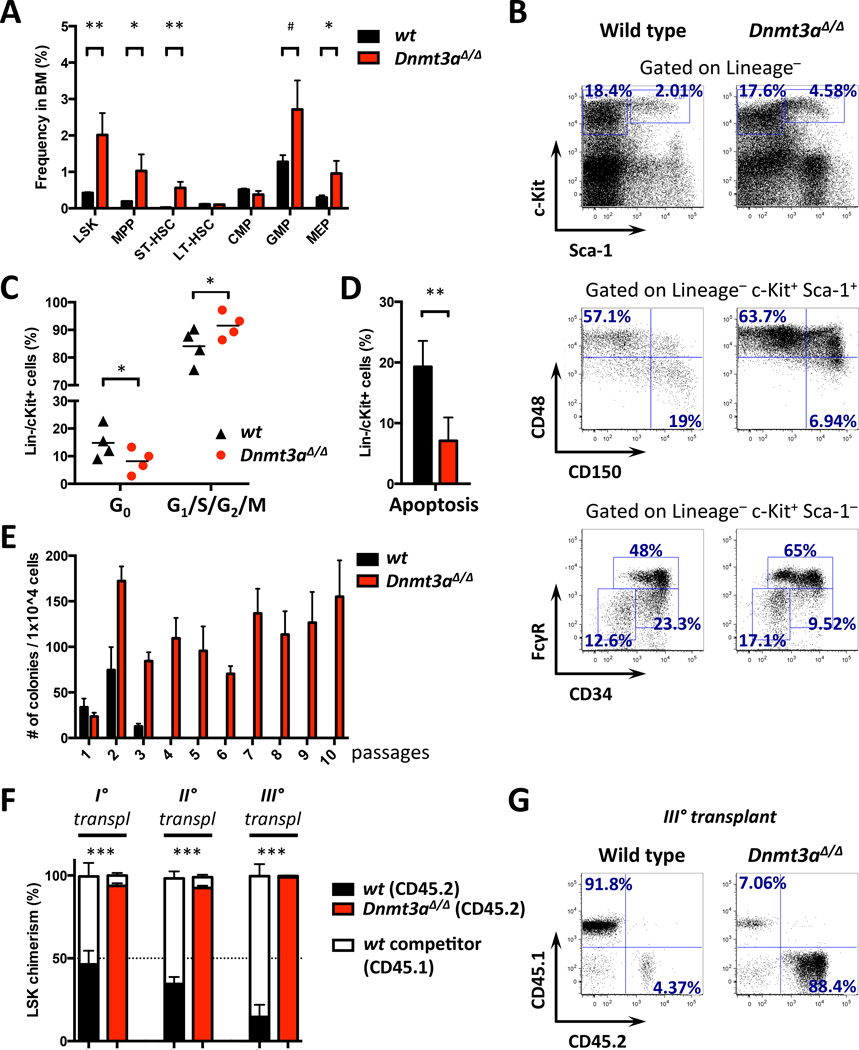Figure 3. Conditional deletion of Dnmt3a results in perturbation of the hematopoietic stem and progenitor compartment and gain of self-renewal potential.
A. Relative stem and progenitor cell frequencies in Dnmt3a KO and control bone marrow at disease onset (n=4–6; #, p=0.065; *, p<0.05; **, p<0.01).
B. Representative FACS plots for data in A.
C–D. Increased proliferation and decreased quiescence (C) and decreased apoptosis (D) in Dnmt3a-deleted compared to wild-type HSPCs in animals competitively transplanted with bone marrow cells derived from Dnmt3a-null (CD45.2) and wild-type (CD45.1) mice. Analysis was performed in 4 transplant recipients 9 months after transplantation (*, p<0.05; **, p<0.01).
E. CFU assay on bone marrow cells from Dnmt3a-null or control littermates. Representative results of 3 independent experiments, each performed in triplicate.
F. CD45.1/CD45.2 chimerism in bone marrow LSK cells over three rounds of serial competitive transplantation. Test cells (CD45.2, red bars – Dnmt3a KO, black bars – WT) were competed against wild-type (CD45.1, white bars) and analyzed 16 weeks after transplantation (n=5; ***, p<0.001). Dotted line represents CD45.1/CD45.2 cell ratio at time of injection (50%).
G. CD45.1/CD45.2 peripheral blood chimerism in tertiary recipients 16 weeks after transplantation in D. Representative FACS plots.

